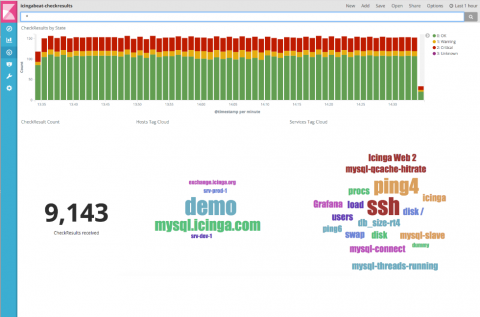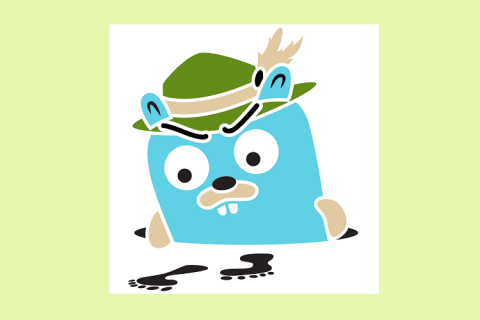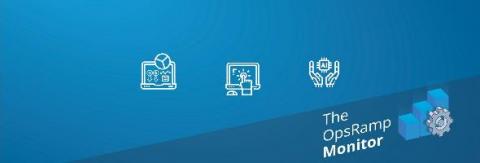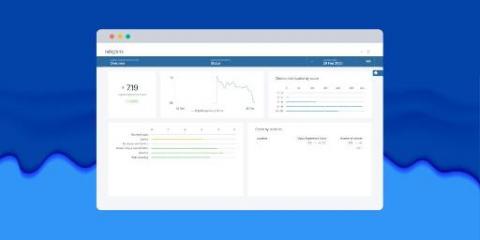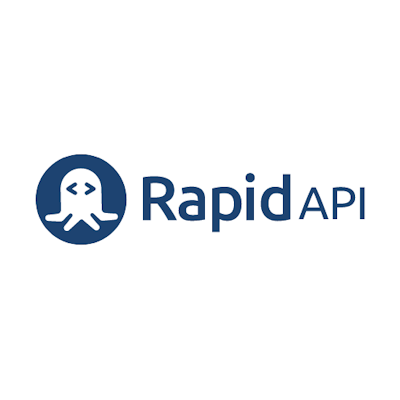The GitOps Kubernetes Connection
In the first article in this series, we talked about making Kubernetes essential to your DevOps pipeline. We reviewed CI/CD and DevOps and why their relationship with Kubernetes is so powerful. In this article, I’m going to dive into another term in the application development and management mix: GitOps. We’ll cover what GitOps is, how it affects an organization and how it aligns with Kubernetes.





